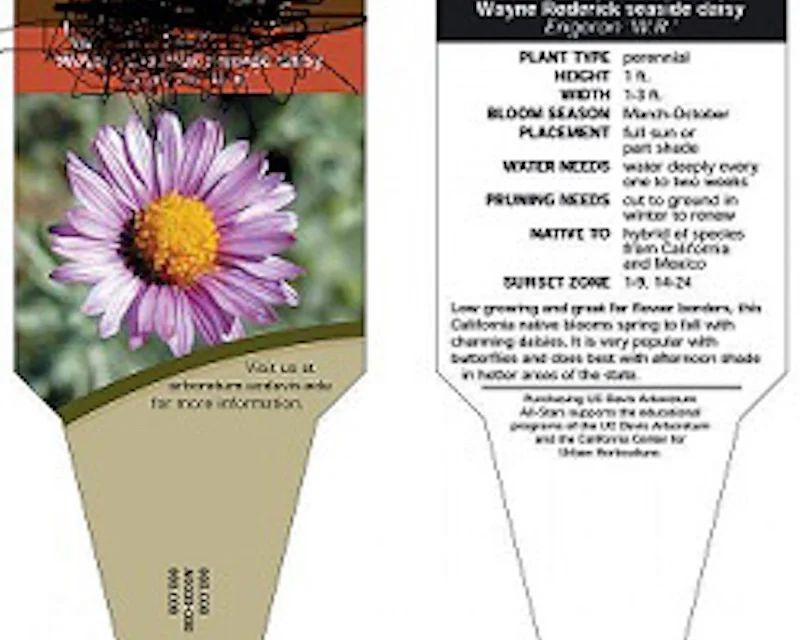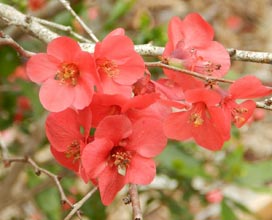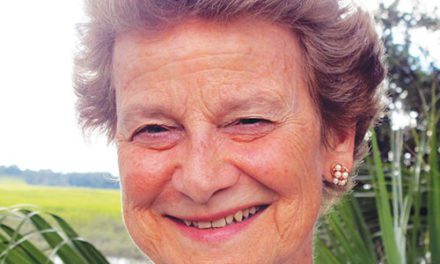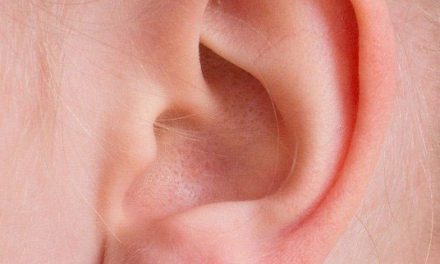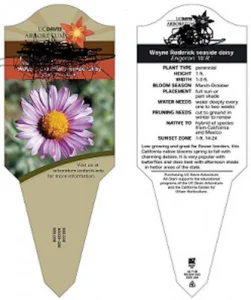 And by “culture,” I don’t mean social customs and traditions. I’m talking about plant culture. And plant labels.
And by “culture,” I don’t mean social customs and traditions. I’m talking about plant culture. And plant labels.
What’s the difference between part shade and part sun? Doesn’t part shade mean just that? Some sun and some shade? And what about part sun? Doesn’t it mean the same thing?
‘Tis a puzzlement.
What about “full sun with some protection from the afternoon sun”? Are you supposed to have plant parasols? Like Victorian ladies did while out walking?
Sometimes it’s hard to know just what cultural instructions mean. And even if you can figure it out, you may not always have the means or the conditions to do it.
Someone once said that “all generalizations, including this one, are bad.” When deciding where to give a plant its permanent home, though I often refer to this one: “The bigger the leaf, the less sun it needs or can tolerate. Conversely, the smaller the leaf, the more sun it needs or can tolerate.”
Photosynthesis is what plants use to enable them to synthesize the nutrients in carbon dioxide and water from sunlight. That’s a simplistic explanation of photosynthesis because the process is more complicated than that, but it’ll do for our purposes. That’s why the size of the leaf is a good measure of its sunlight needs.
It’s impossible for a plant label to contain all the cultural information the plant needs to thrive, but it’s a good place to start. If you’re new to gardening or the area, do some homework before you pick up a shovel or a trowel.
Then too, you can’t always rely on a plant’s label to tell you if you’re in the right zone for it, especially if you live near the borders of a particular zone. Even a micro-climate in your yard can put you in a different climate zone.
There are myriad ways you can mitigate the climate challenges in your area. For example, there are some areas in Beaufort County that are notorious for having poor drainage. Raised beds, of course, will counter that, but even a few inches of soil added to your garden bed will be helpful. Conversely, organic matter added to sandy soil will help retain moisture. And since we are an island county, we have lots of sandy soil!
Tree canopies can change a sunny area into a shady one in a lot less time than you think. So be prepared for that when you plan your garden.
Take into consideration our long growing season, because even though the plant label says a shrub shows a maximum height, be prepared to have it be 20% higher down here. Especially significant if it’s for under windows.
Beware of ground covers because they can go all the way to Charleston if not kept in check by a physical barrier. Even then, keep your trimmer handy because the edges will always need to be tidied up.
Most ‘Woodies’ can survive a few degrees of frost, but a sustained freezing period can do them in. Some evergreens, such as most citrus, will drop their leaves and/or suffer a season of a meager harvest, but will revive completely if it wasn’t too harsh and prolonged.
Mulch, as I’ve said many times before, is your best friend for combatting climate extremes.
A garden is always a ‘work in progress.’ Gardening is an art, not a science. I’ve had dismal failures and glorious successes. So have you. As my mama told me: “You never learn anything by doing it right.”

